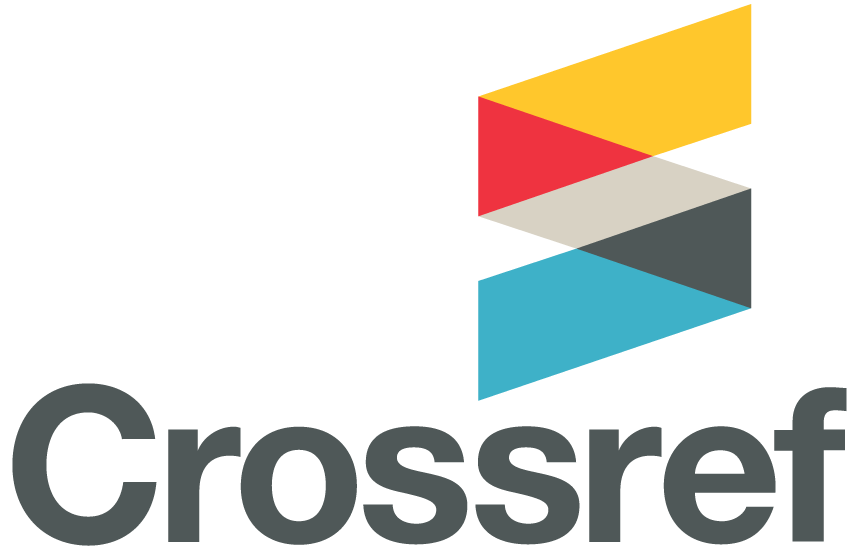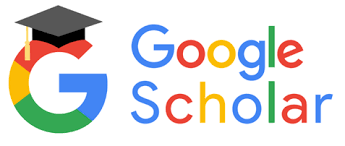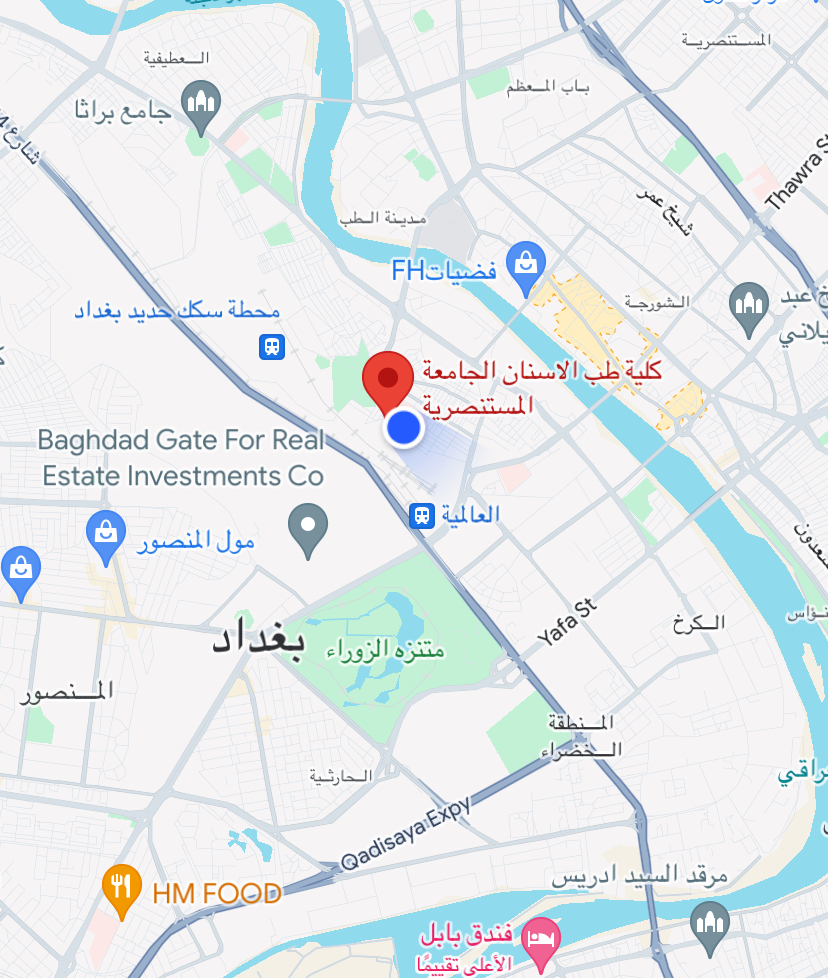Oral Health Status and Treatment Needs among Blind Children in Iraq
DOI:
https://doi.org/10.32828/mdj.v6i4.481Abstract
Dental caries is a significant public health problem for a large segment of society. Blind people have been described as those who encounter more visual barriers to the receipt of dental care than other people. They may have greater problems accessing dental care or may be at increased risk from dental disease or its treatment.
The present study was conducted to assess the caries prevalence, traumatic injuries, levels of oral hygiene and treatment need, in a group of 58 blind children aged (6-15) years. The results were compared with a control group of 58 age and sex matched normal children. The data were collected using the methods and standards recommended by the WHO for oral health survey, 1997.
A highly significant difference between study and controls concerning DMFT and dmft, dental caries was higher among normal students compared to blind one. Where as traumatized teeth were higher among blind compared to normal students with a significant difference, a highly significant difference was seen on comparing between blind and normal students concerning plaque and gingival index, while a significant difference was seen for calculus index, one surface filling was needed by 25.9% of 58 control subjects, while only 5.2% of study group needed this type of treatment, less than 7% of the control group required pulp treatment, while 25.9% needed pulp care in the study group.
The findings of this study demonstrate that blind subjects have a low prevalence of dental caries, poor oral hygiene, and extensive unmet need for dental treatment. This highly alarming situation requires immediate attention.
Key words: Blind, Caries prevalence, Treatment need.
Downloads
Published
Issue
Section
License
The Journal of Mustansiria Dental Journal is an open-access journal that all contents are free of charge. Articles of this journal are licensed under the terms of the Creative Commons Attribution International Public License CC-BY 4.0 (https://creativecommons.org/licenses/by/4.0/legalcode) that licensees are unrestrictly allowed to search, download, share, distribute, print, or link to the full texts of the articles, crawl them for indexing and reproduce any medium of the articles provided that they give the author(s) proper credits (citation). The journal allows the author(s) to retain the copyright of their published article.
Creative Commons-Attribution (BY)








